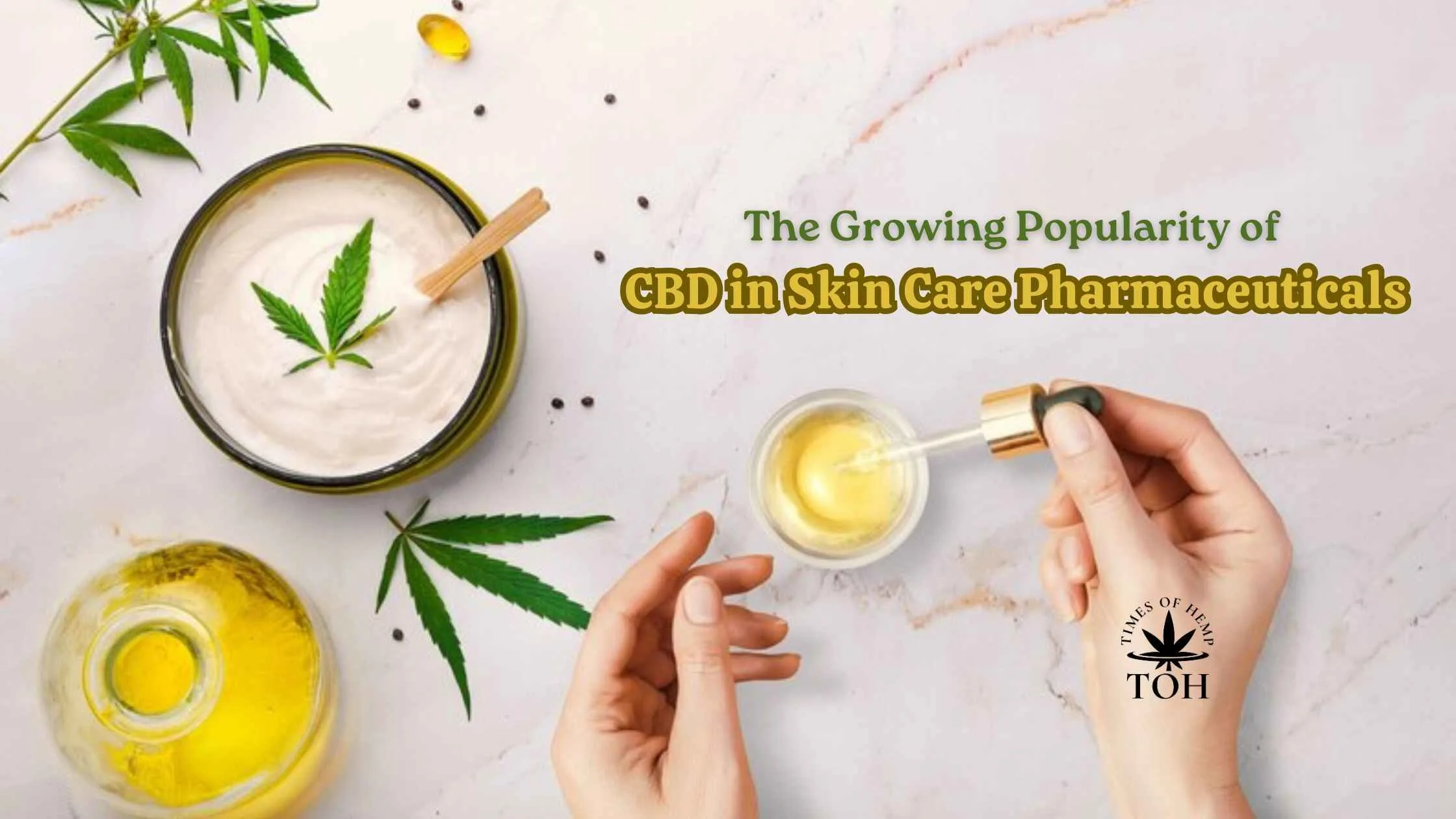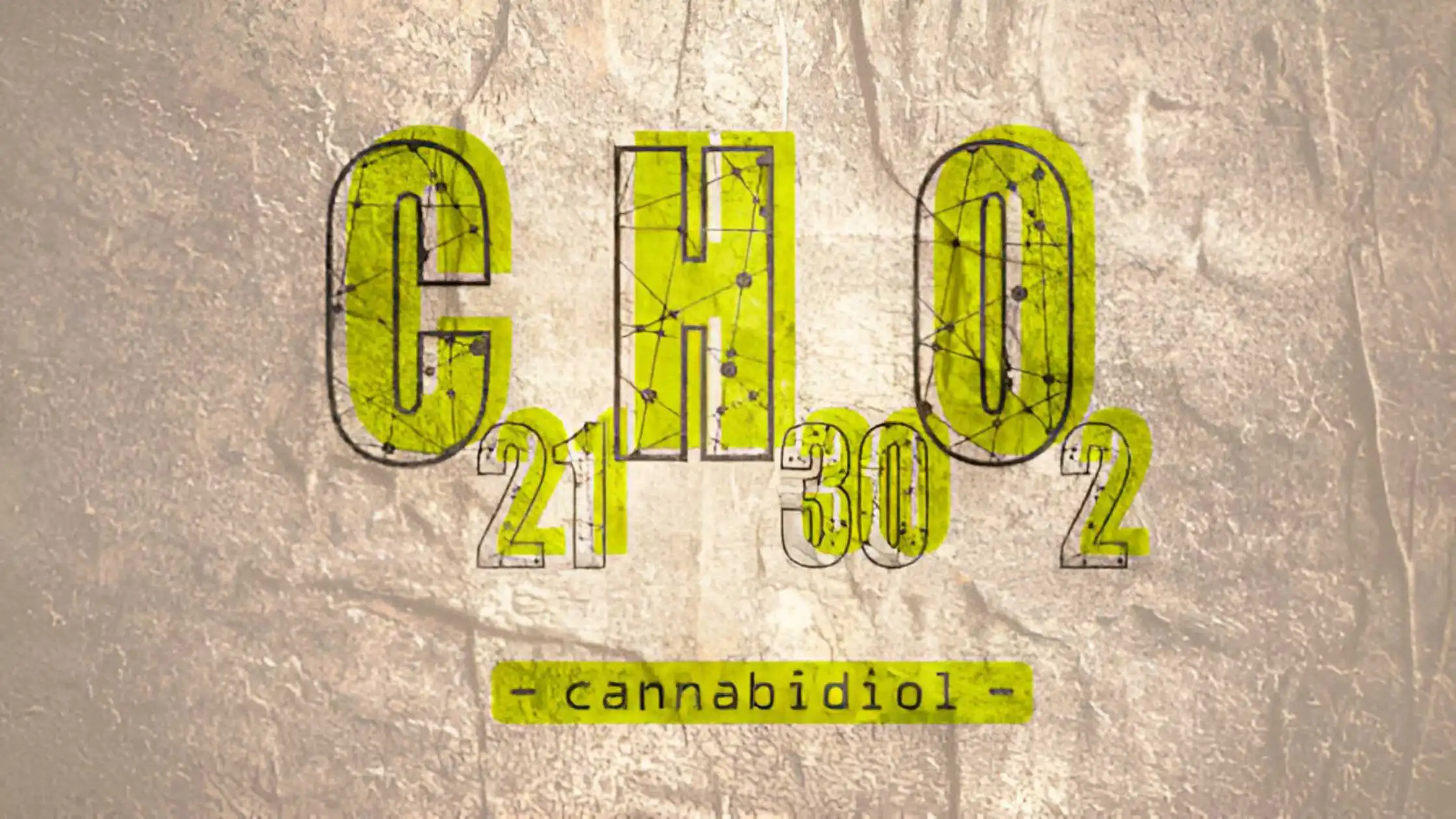In recent years, there has been a significant shift in the perception of cannabis, with increasing recognition of its potential medicinal properties and therapeutic applications. While traditionally associated with recreational use and stigma, cannabis is now gaining acceptance as a legitimate medical treatment for a variety of health conditions. From chronic pain management to epilepsy treatment, cannabis-derived products are being explored and utilized in the field of medical and healthcare products. In this blog post, we’ll delve into the role of cannabis in medical and healthcare products, examining its therapeutic benefits, regulatory landscape, and emerging trends in the industry.
Understanding Cannabis as Medicine
Cannabis contains a multitude of active compounds known as cannabinoids, with the two most well-known being tetrahydrocannabinol (THC) and cannabidiol (CBD). These cannabinoids interact with the body’s endocannabinoid system, which regulates various physiological processes, including pain sensation, mood, appetite, and immune function.
THC is the primary psychoactive compound in cannabis, responsible for the “high” associated with marijuana use. However, it also possesses analgesic, anti-inflammatory, and muscle-relaxant properties, making it valuable for pain management and symptom relief in conditions such as multiple sclerosis, fibromyalgia, and neuropathic pain.
CBD, on the other hand, is non-psychoactive and does not produce intoxicating effects. It has gained attention for its potential anti-inflammatory, anxiolytic, and neuroprotective properties, with growing evidence suggesting efficacy in conditions such as epilepsy, anxiety disorders, and chronic pain.
Medical and Healthcare Products Derived from Cannabis
- CBD Oil and Tinctures: CBD oil and tinctures are among the most popular medical and healthcare products derived from cannabis. These formulations typically contain high concentrations of CBD extracted from the hemp plant and are used for various therapeutic purposes, including pain management, anxiety relief, and sleep disorders.
- Medical Marijuana: In jurisdictions where medical marijuana is legal, patients with qualifying medical conditions may be prescribed cannabis-based products containing varying ratios of THC and CBD. These products come in various forms, including dried flowers, capsules, edibles, and topicals. They are used to alleviate symptoms associated with conditions such as cancer, HIV/AIDS, and chronic pain.
- Topical Creams and Balms: Cannabis-infused topical creams and balms are gaining popularity for their localized analgesic and anti-inflammatory effects. These products are applied directly to the skin and can relieve muscle soreness, arthritis pain, and dermatological conditions such as eczema and psoriasis.
- CBD Capsules and Edibles: CBD capsules and edibles offer a convenient and discreet way to consume cannabinoids for therapeutic purposes. These products come in various formulations, including tablets, gummies, chocolates, and beverages, and are used to alleviate anxiety, promote relaxation, and improve sleep quality.
- Medical Cannabis Extracts: Cannabis extracts, such as tinctures, concentrates, and distillates, are used for their high potency and rapid onset of action. These products are often preferred by patients seeking immediate relief from severe pain, nausea, or muscle spasms and can be administered sublingually, orally, or through vaporization.
Regulatory Landscape and Emerging Trends
The regulatory landscape surrounding cannabis-based medical and healthcare products varies significantly from country to country and state to state. While some jurisdictions have legalized medical marijuana and established regulatory frameworks for cannabis-based medicines, others maintain strict prohibitions on cannabis use for any purpose.
In countries where medical cannabis is legal, patients typically require a prescription from a qualified healthcare provider to access cannabis-based products. These products may be dispensed through licensed dispensaries or pharmacies and are subject to strict quality control standards to ensure safety, potency, and consistency.
In addition to traditional medical cannabis products, there is growing interest in pharmaceutical-grade cannabis-derived medications that have undergone rigorous clinical testing and regulatory approval. These medications, such as Epidiolex (CBD) and Sativex (THC: CBD), are prescribed for specific medical conditions and are available in standardized formulations backed by scientific evidence.
Conclusion
Cannabis is indeed used for medical and healthcare products, with growing recognition of its potential therapeutic benefits and applications. From CBD oil and medical marijuana to topical creams and pharmaceutical-grade medications, cannabis-derived products are being explored and utilized for a variety of health conditions, ranging from chronic pain and epilepsy to anxiety and insomnia.
While the regulatory landscape surrounding cannabis remains complex and evolving, there is increasing acceptance of cannabis as a legitimate medical treatment option in many parts of the world. As research continues to uncover the full potential of cannabinoids and their mechanisms of action, the future of cannabis-based medicine holds promise for patients seeking safe, effective, and natural alternatives to conventional pharmaceuticals.






Overall, this article has broadened my perspective on the potential of cannabis in modern healthcare. It’s an exciting time for medical research.
The discussion on cannabinoid mechanisms of action provides a deeper understanding of how these compounds work.
The regulatory hurdles mentioned suggest a need for international collaboration on cannabis policies.
I wonder how ongoing research will continue to uncover new therapeutic applications for cannabis.
It’s clear that education and advocacy will play crucial roles in furthering the acceptance of medical cannabis globally.
The article effectively communicates the shift in public perception towards cannabis as a viable medical treatment.
I’m curious about how different countries balance public health concerns with the growing demand for medical cannabis.
The potential for cannabis to offer natural alternatives to conventional pharmaceuticals is exciting.
I didn’t realize the extent of research and clinical trials behind cannabis medications like Sativex.
The discussion on emerging trends in cannabis-based medicine is enlightening, especially regarding pharmaceutical-grade options.
The variety of cannabis products available, from edibles to extracts, shows how adaptable this plant can be in healthcare.
It’s encouraging to see the emphasis on safety and quality control in the production of medical cannabis products.
Cannabis-derived pharmaceutical medications like Epidiolex show how rigorous testing can elevate cannabis as a treatment option.
The regulatory challenges discussed highlight the complexities countries face in legalizing medical cannabis.
I appreciate the detailed breakdown of CBD oil’s applications in managing anxiety and sleep disorders.
Topical creams infused with cannabis seem promising for targeted pain relief and skin conditions.
Medical marijuana’s availability in various forms underscores its potential for personalized treatment plans.
CBD’s non-psychoactive properties make it a versatile option for anxiety and pain management.
It’s fascinating how cannabinoids like THC and CBD interact with our body’s endocannabinoid system to offer therapeutic benefits.
The evolution of cannabis from stigma to recognized medical treatment is truly remarkable.
Great information shared.. I really enjoyed reading this post Thank you, author for sharing this post.